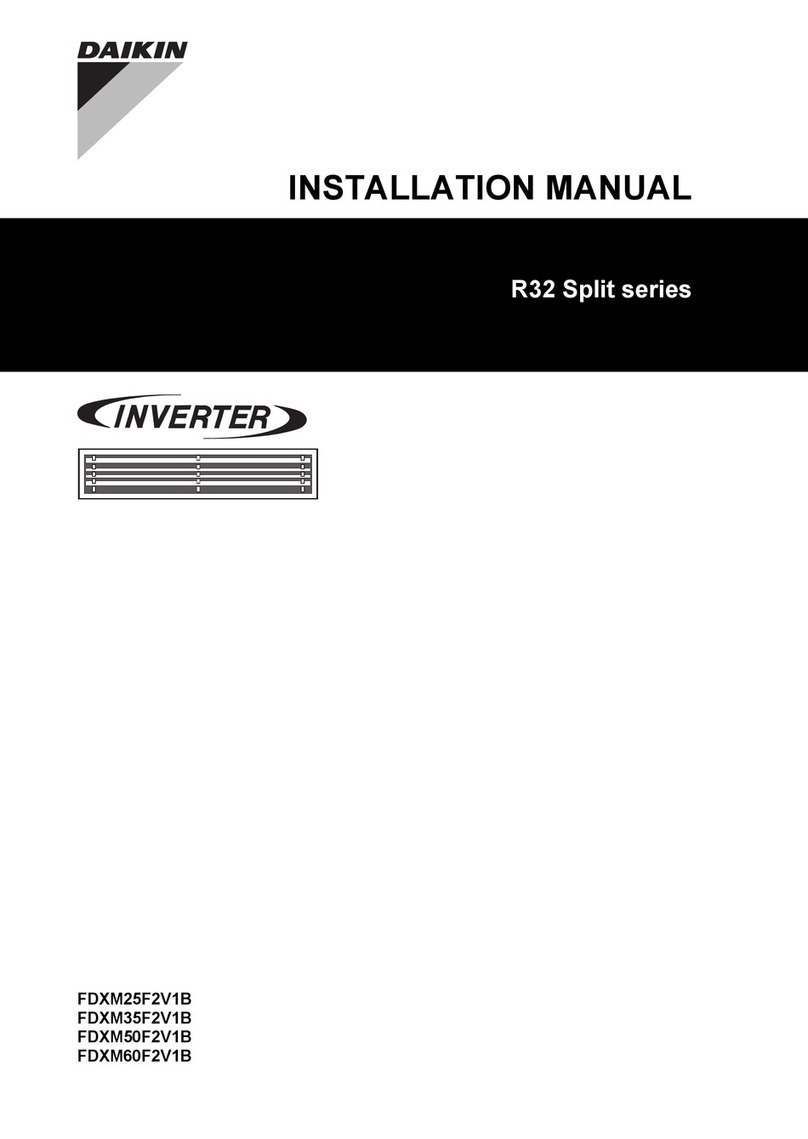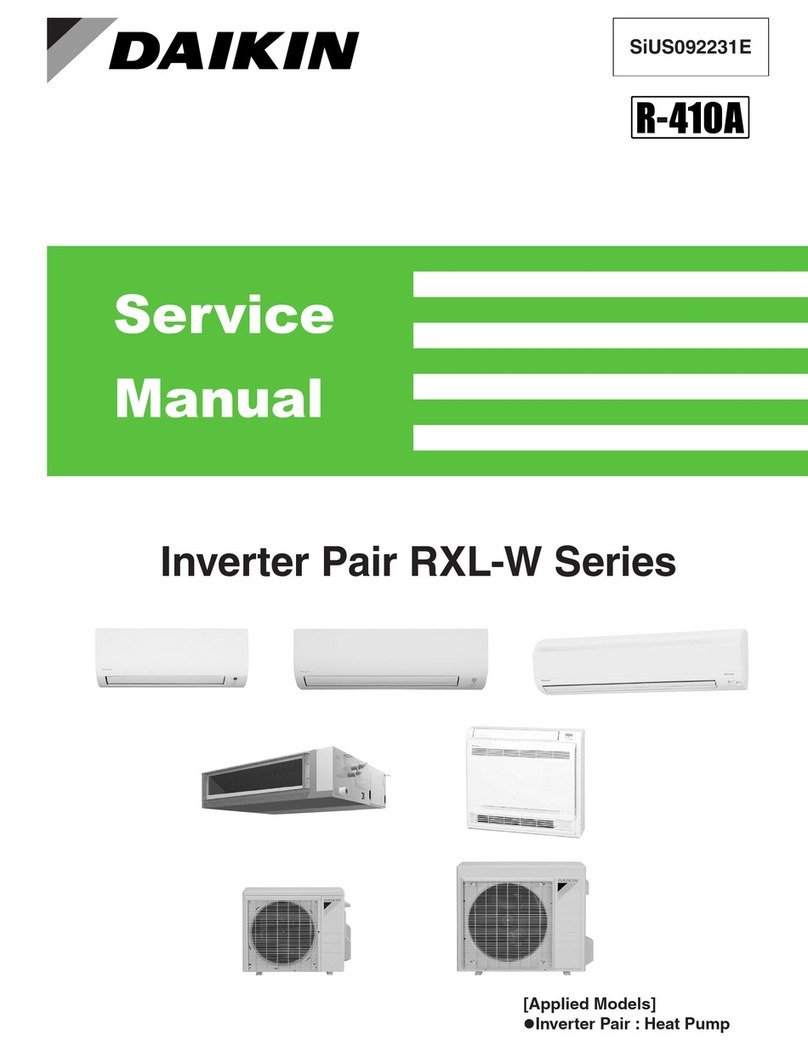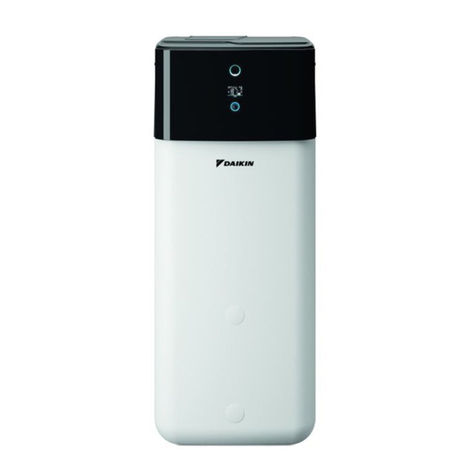Daikin GCU2020PXB1 Guide
Other Daikin Heat Pump manuals
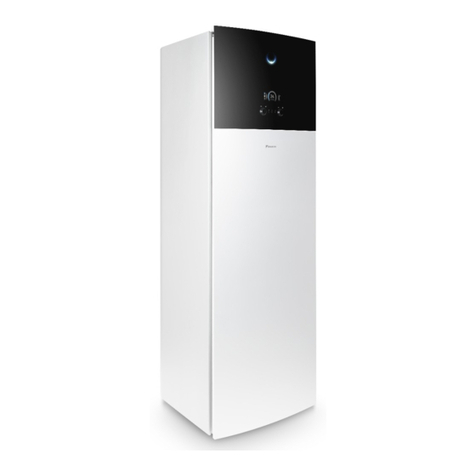
Daikin
Daikin Altherma 3 R F User manual

Daikin
Daikin Inverter CTXS09GVJU User manual
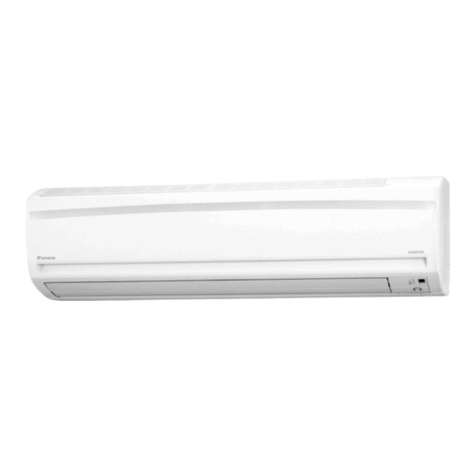
Daikin
Daikin FTX50GV1B User manual
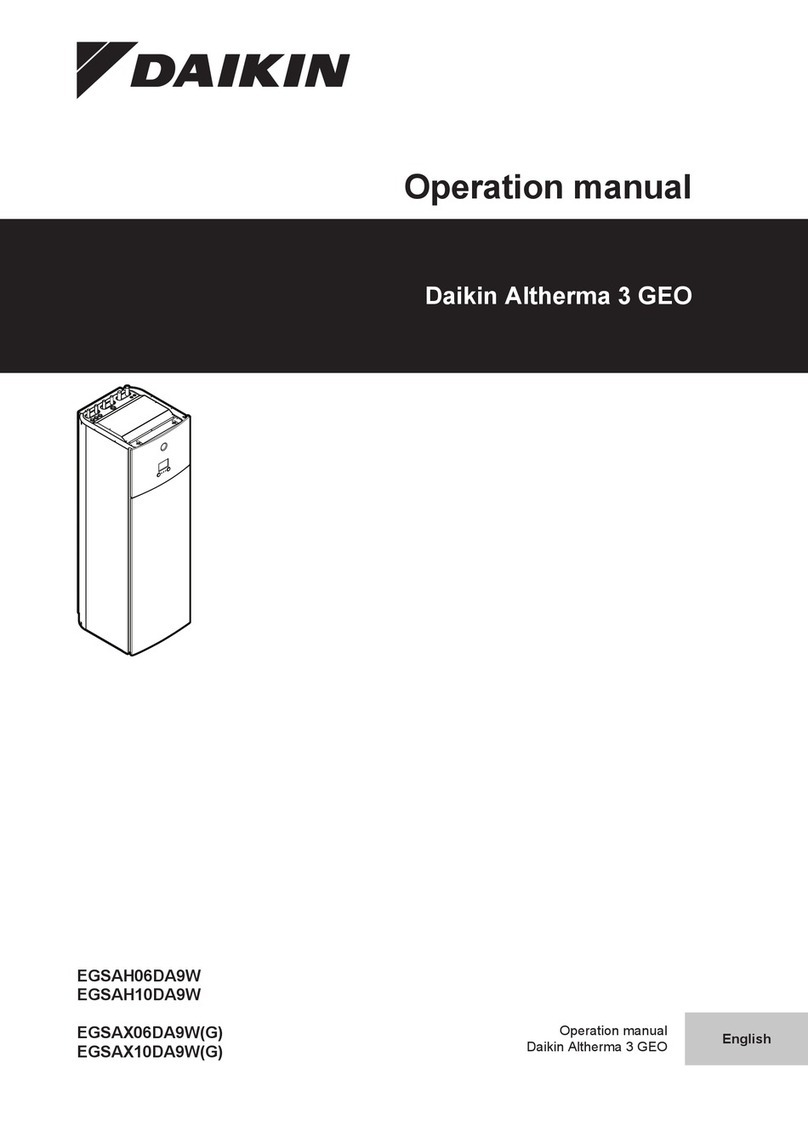
Daikin
Daikin Altherma 3 GEO EGSAH10DA9W User manual

Daikin
Daikin VRV - WII User manual

Daikin
Daikin EKHVWQ002AAV3 User manual

Daikin
Daikin Altherma 3 R F How to use

Daikin
Daikin DZ16TC0361 User manual
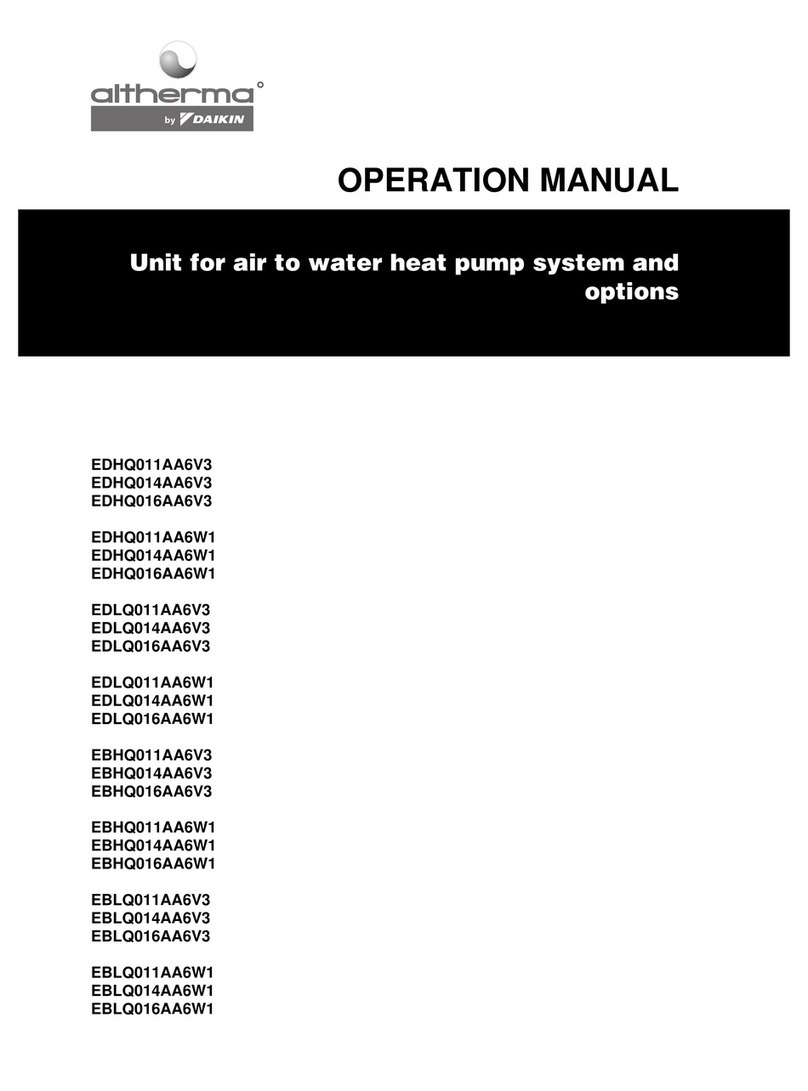
Daikin
Daikin Alterma EDHQ011AA6V3 User manual

Daikin
Daikin Altherma 3 H W User manual
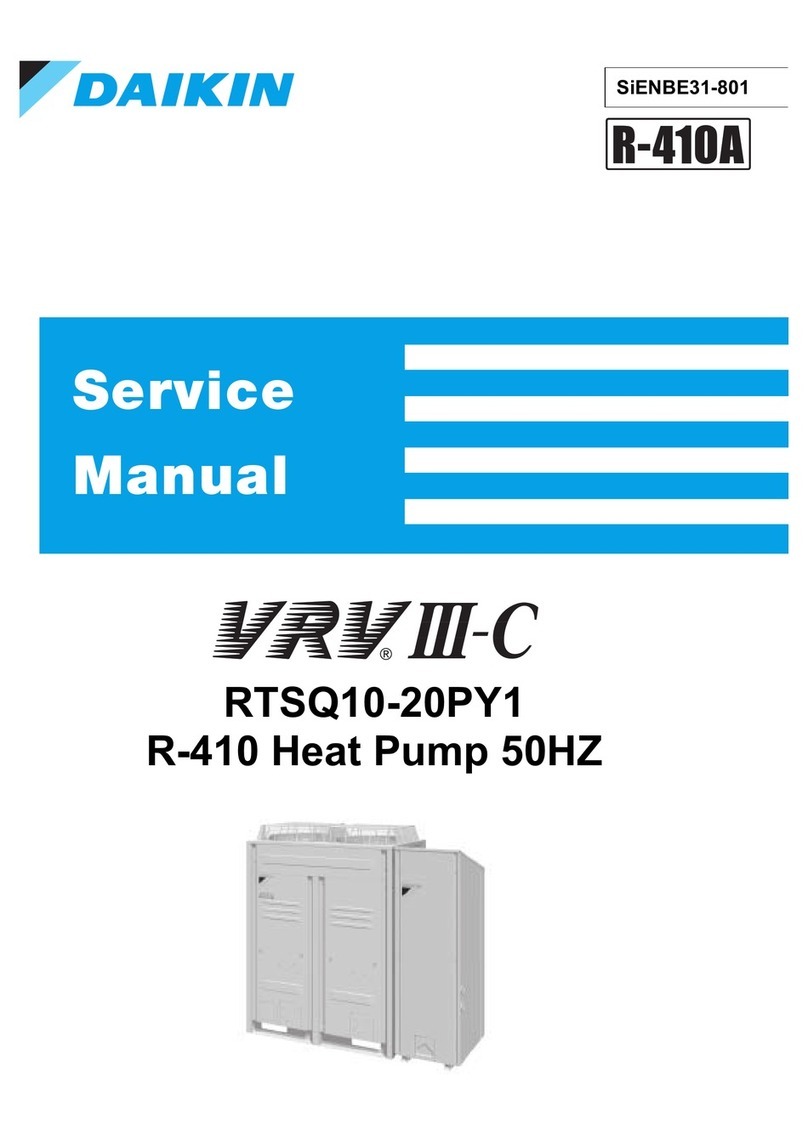
Daikin
Daikin RTSQ10PY1 User manual
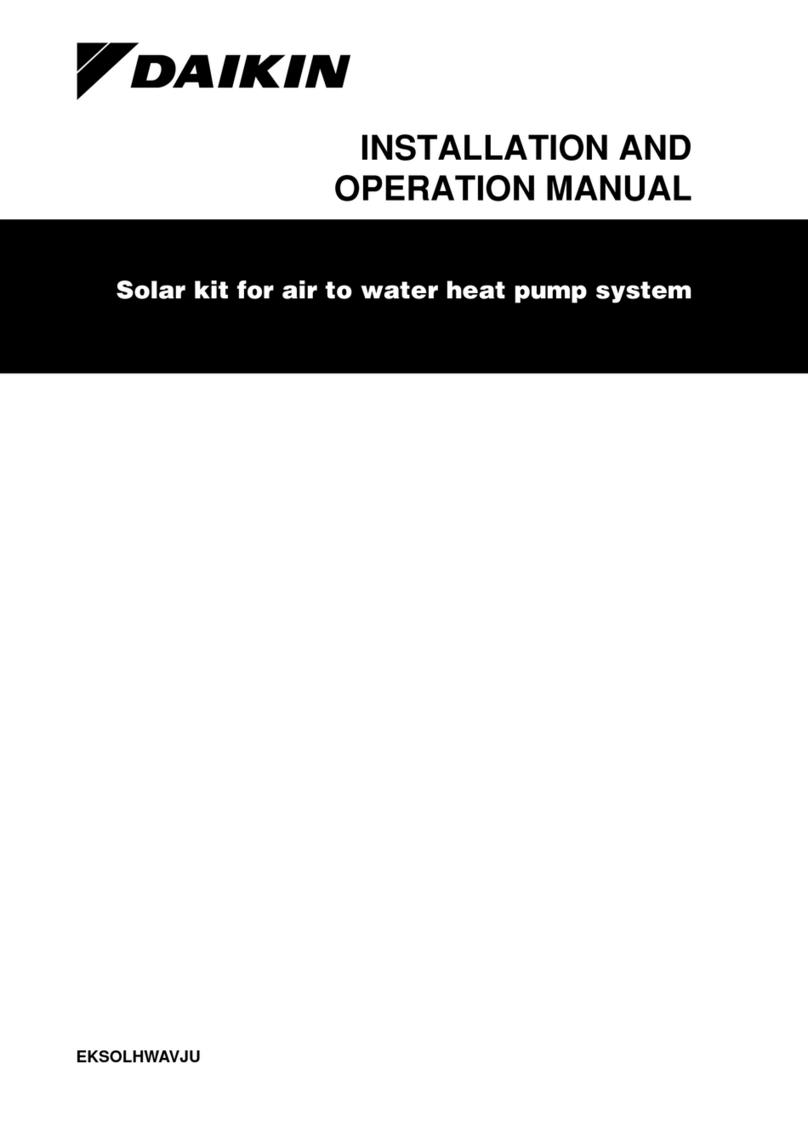
Daikin
Daikin EKSOLHWAVJU User manual

Daikin
Daikin RXR28KVMA User manual
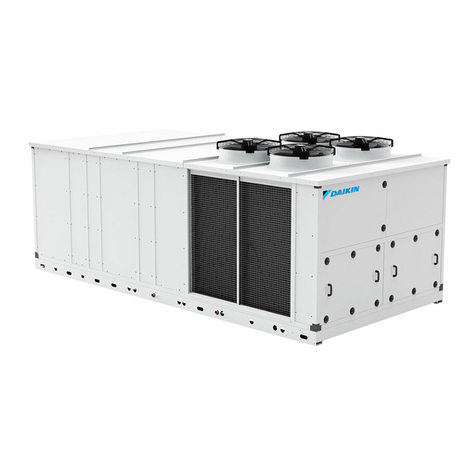
Daikin
Daikin UATYQ-AFC3Y1 Quick start guide

Daikin
Daikin RW25JV1 User manual
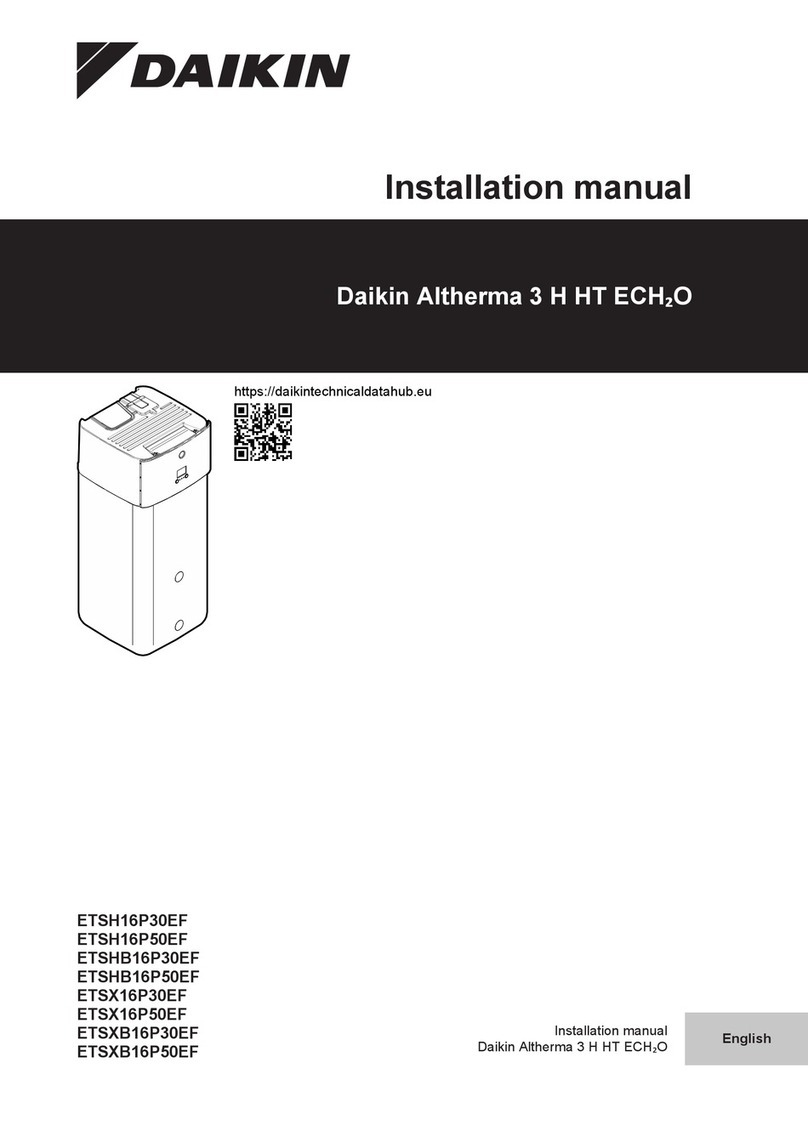
Daikin
Daikin ETSHB16P50EF User manual
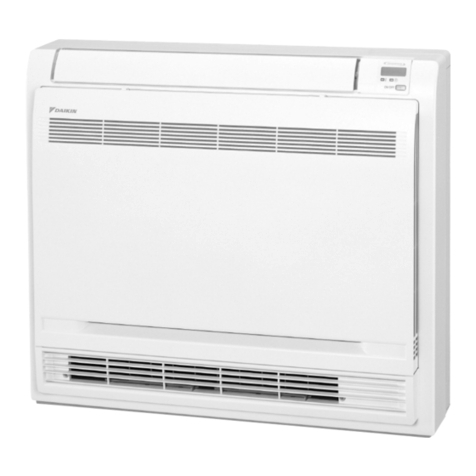
Daikin
Daikin Super Multi NX FVXS35FV1B User manual

Daikin
Daikin ComfortNet DX18TC Series Operating instructions
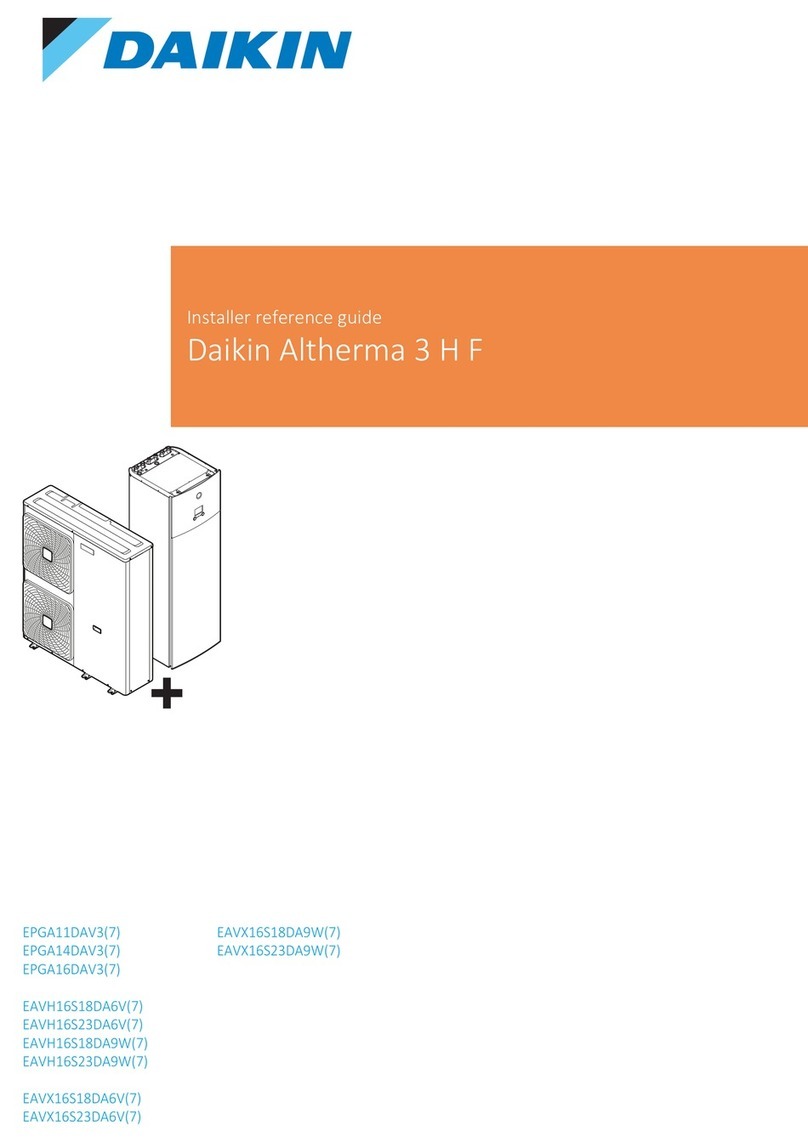
Daikin
Daikin Altherma EAVH16S23DA6V How to use

Daikin
Daikin EHYHBX08AA User manual
Popular Heat Pump manuals by other brands

MICROWELL
MICROWELL HP 1000 GREEN Installation and user manual

Sanyo
Sanyo SAP120FCH Service manual

Panasonic
Panasonic WH-SDF03E3E5 Design handbook
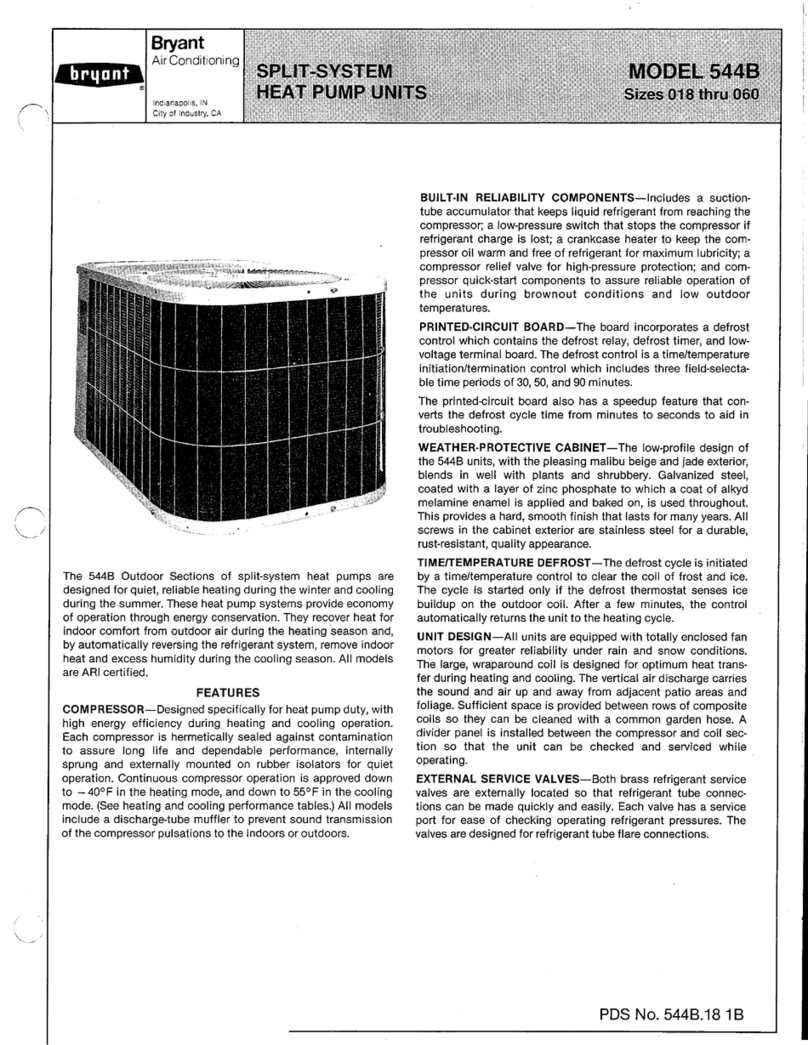
Bryant
Bryant 544B Specifications

Airxcel
Airxcel 45000 Series Installation, operation and maintenance instructions

Mitsubishi Electric
Mitsubishi Electric PUZ-SWM60VAA Service manual

Dimplex
Dimplex LI 16I-TUR Installation and operating instruction

Carrier
Carrier WSHP Open v3 Integration guide

TGM
TGM CTV14CN018A Technical manual

Carrier
Carrier 38MGQ Series installation instructions

Kokido
Kokido K2O K880BX/EU Owner's manual & installation guide

Viessmann
Viessmann VITOCAL 300-G PRO Type BW 2150 Installation and service instructions
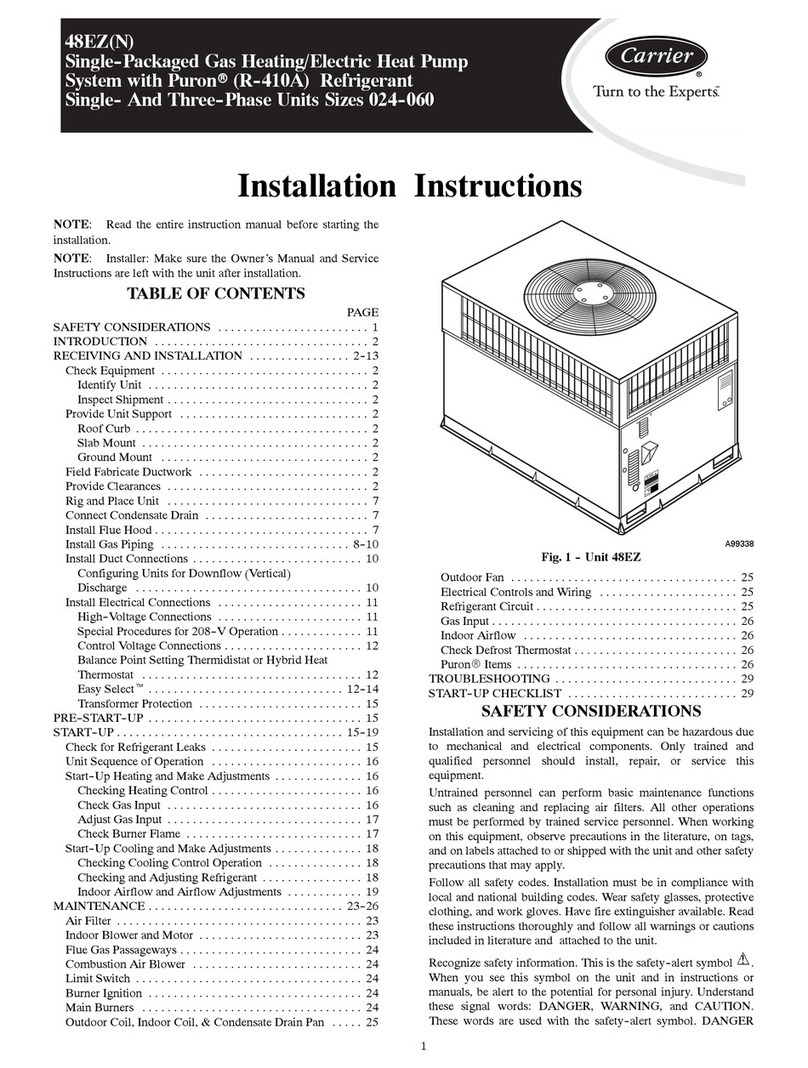
Carrier
Carrier 48EZN installation instructions
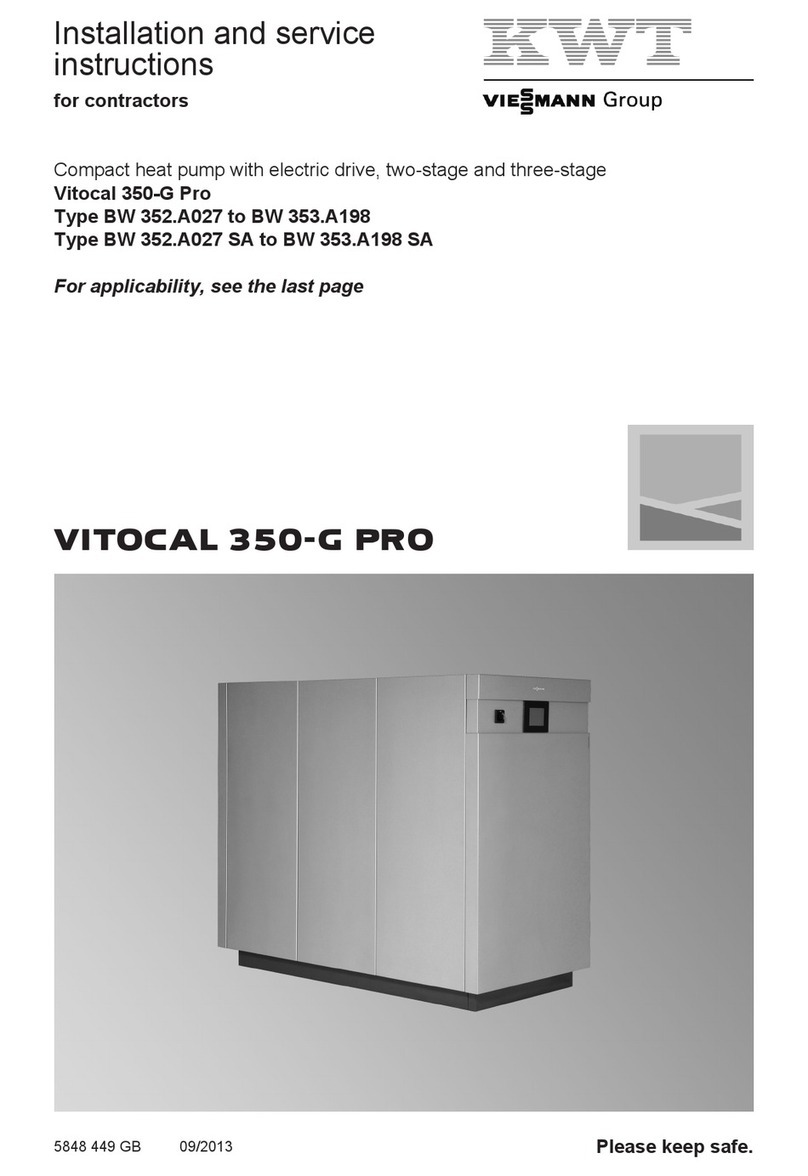
Viessmann
Viessmann KWT Vitocal 350-G Pro Series Installation and service instructions for contractors
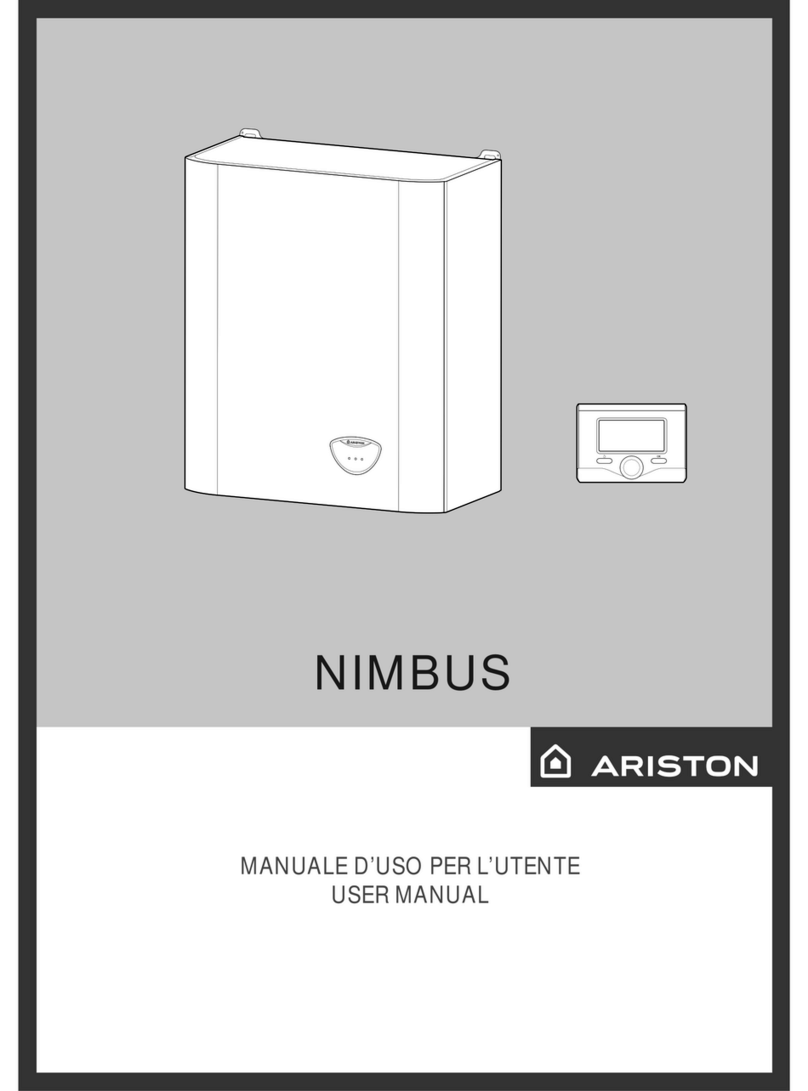
Ariston
Ariston NIMBUS user manual

Weishaupt
Weishaupt WWP L 7 Installation and operating instruction
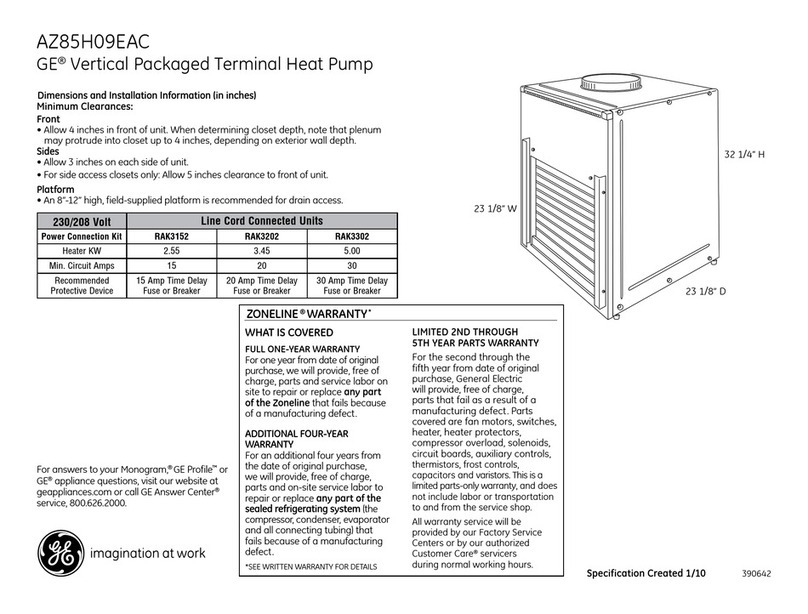
GE
GE Zoneline AZ85H09EAC datasheet
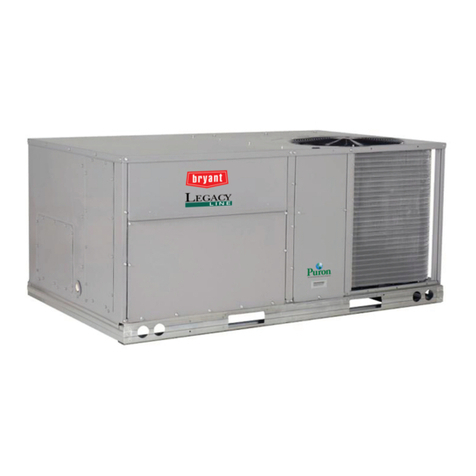
Bryant
Bryant Preferred Series installation instructions

